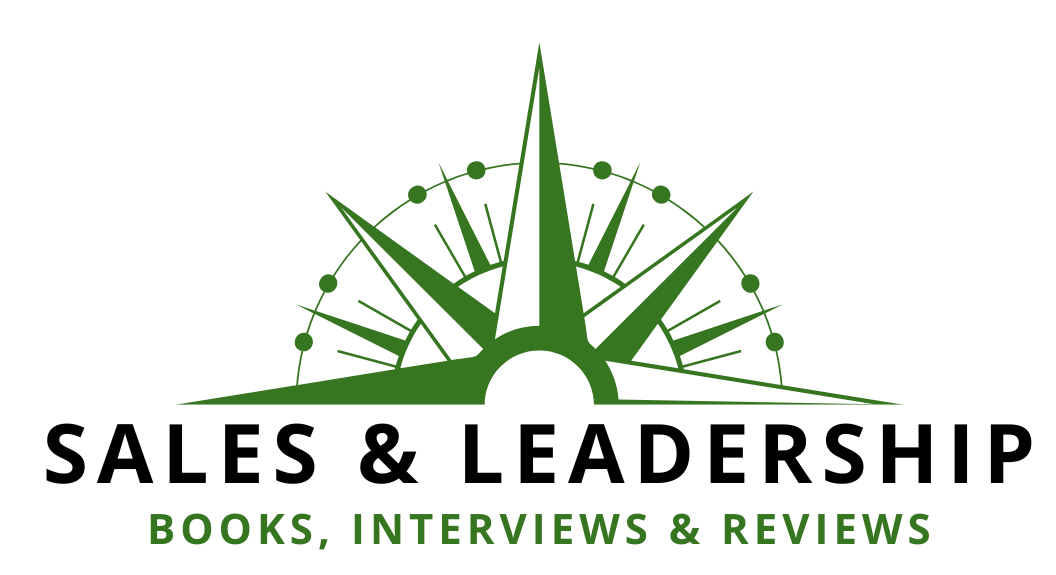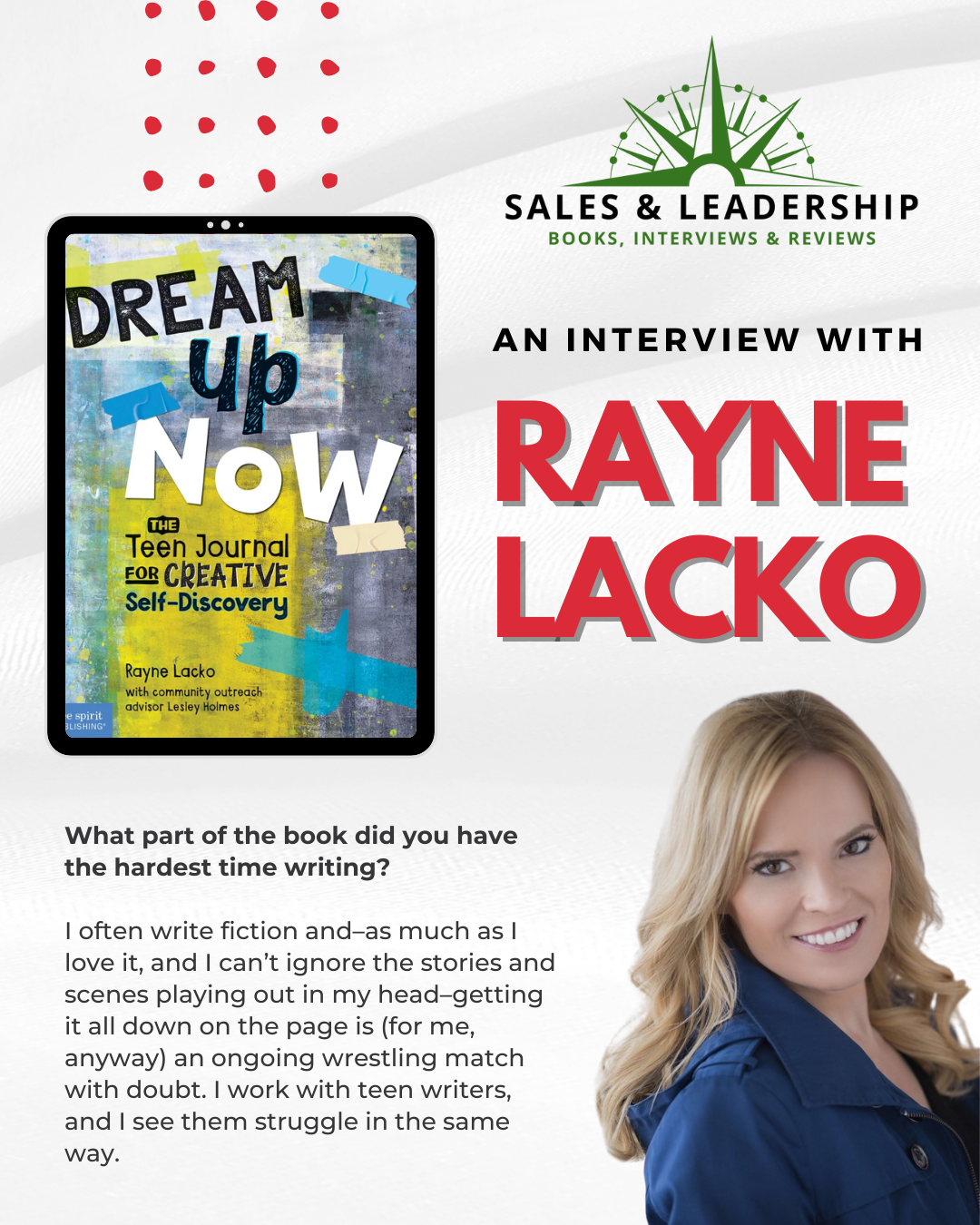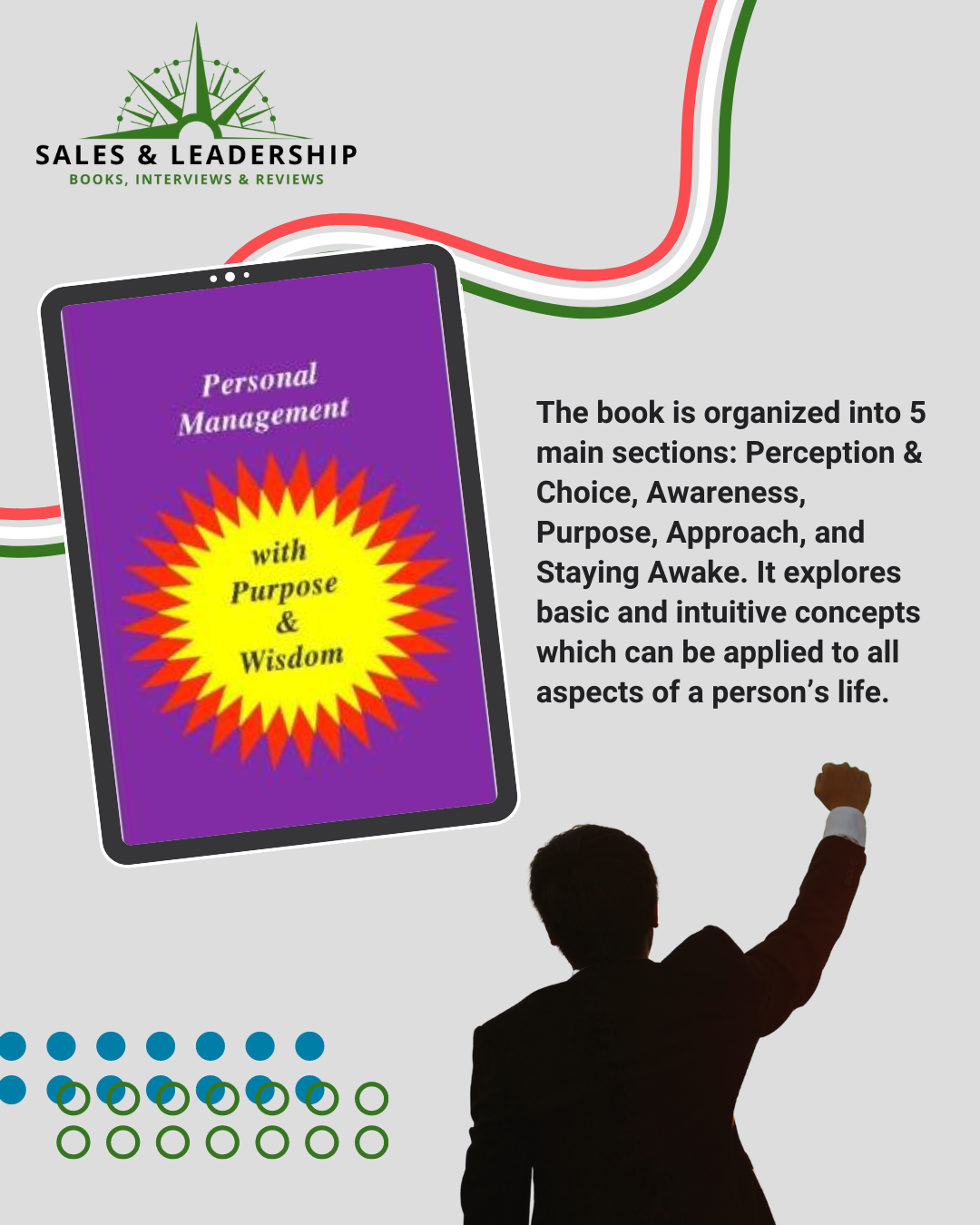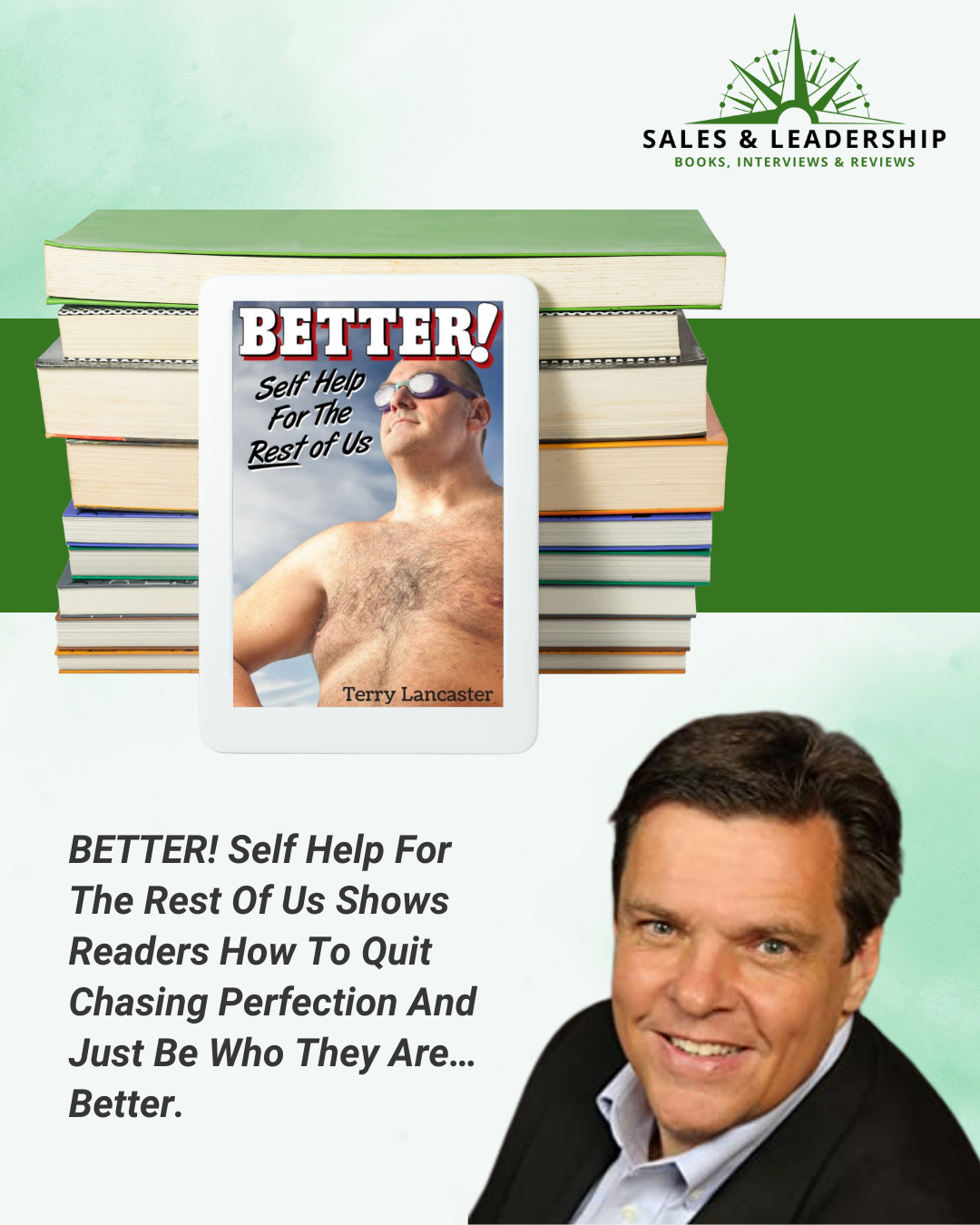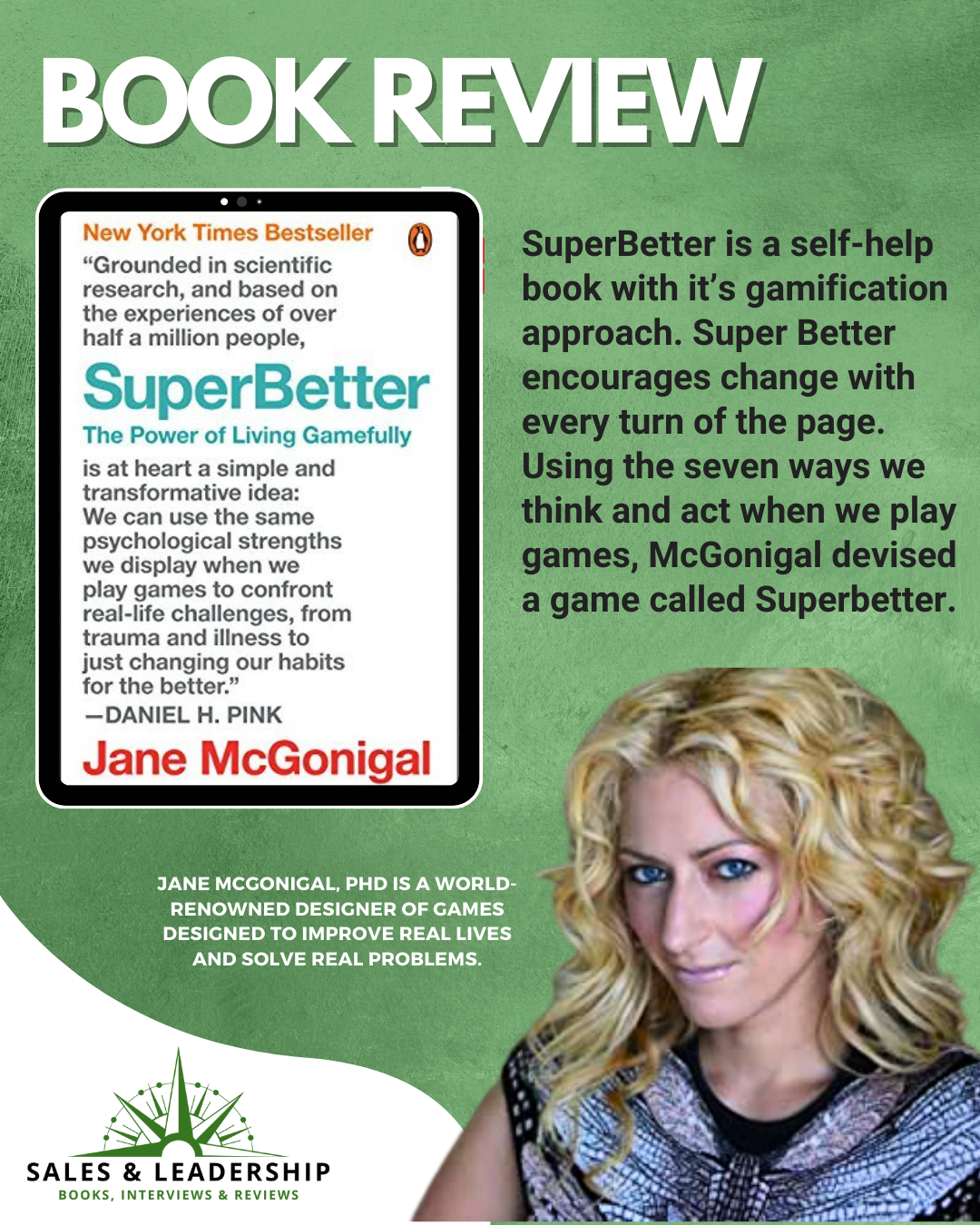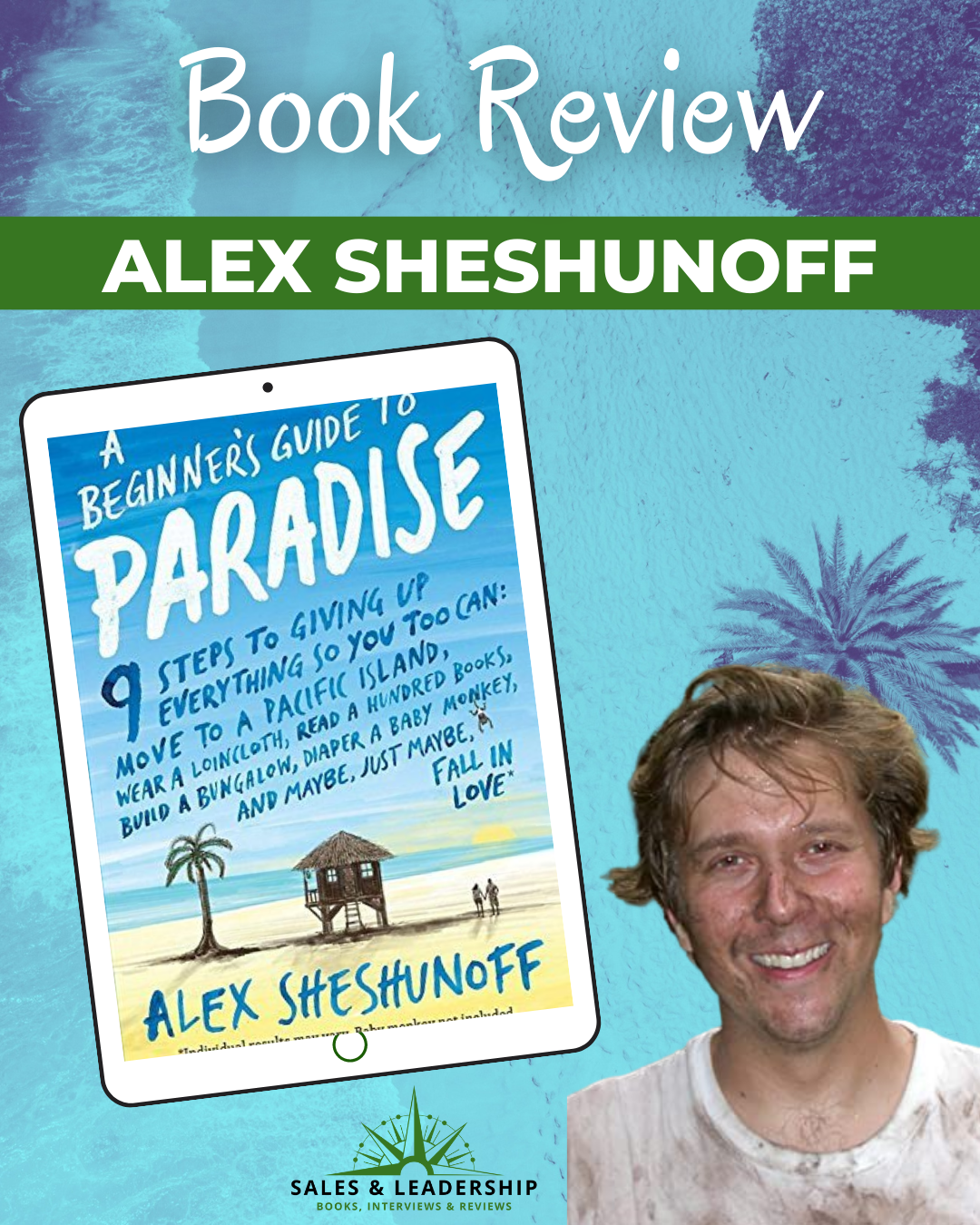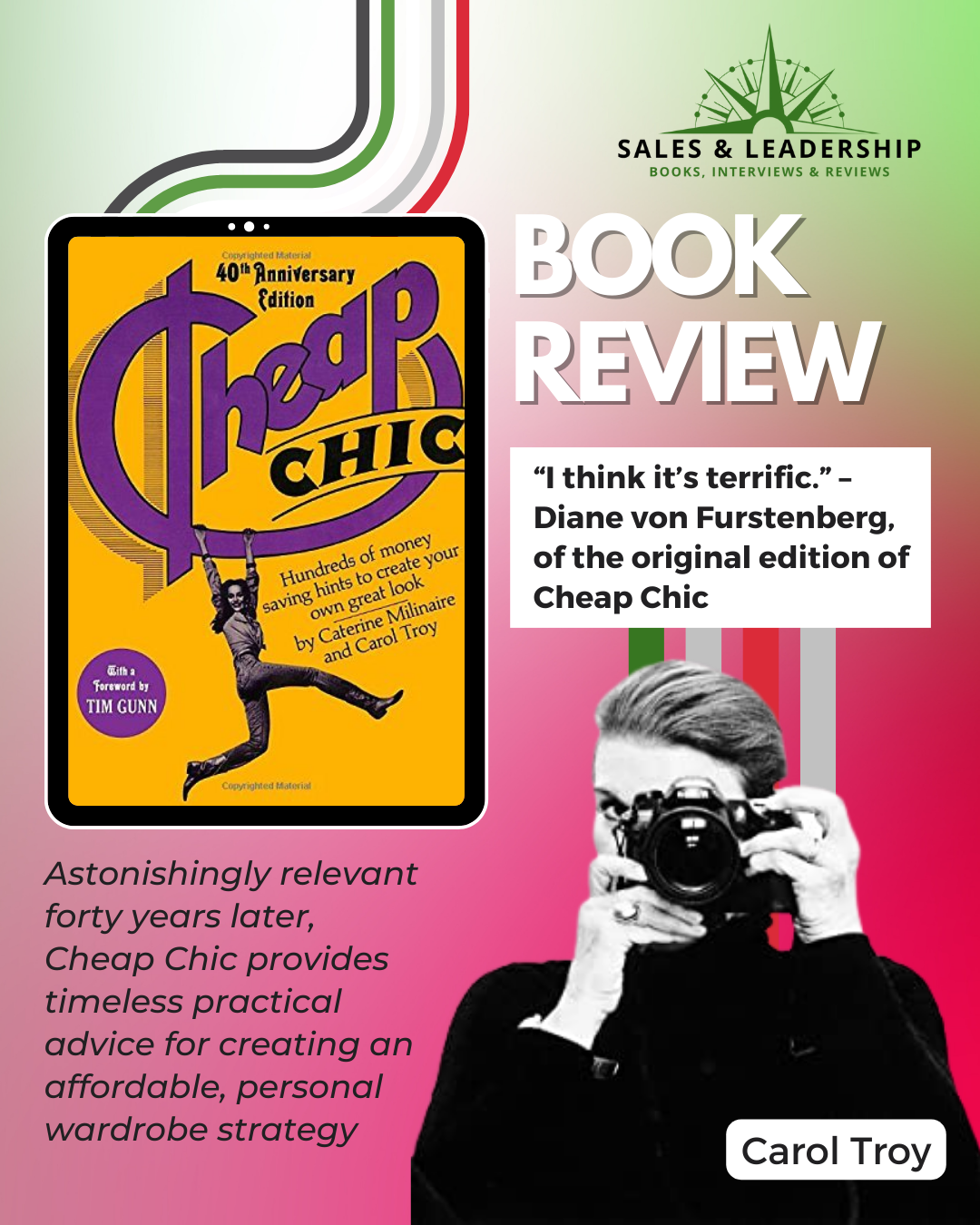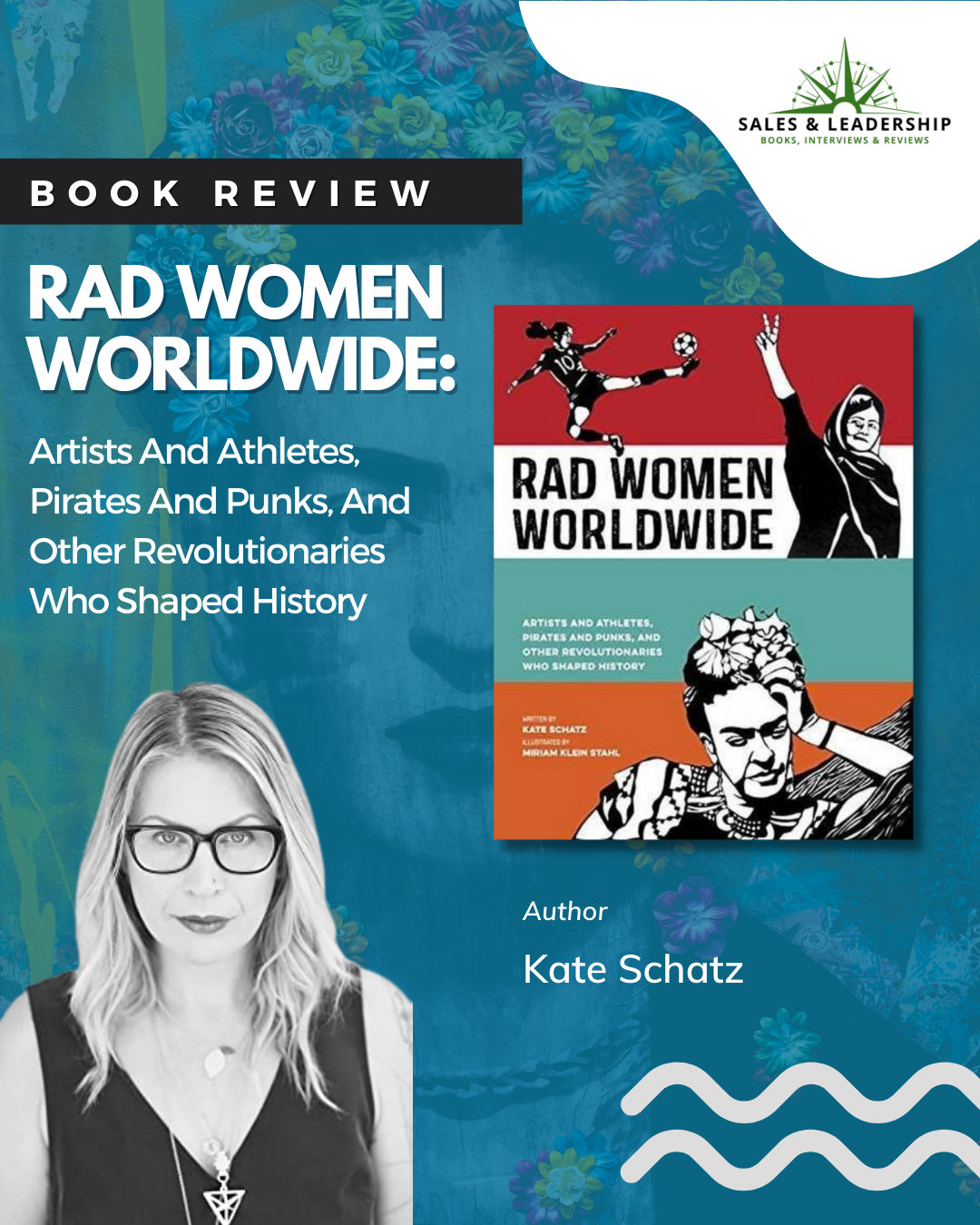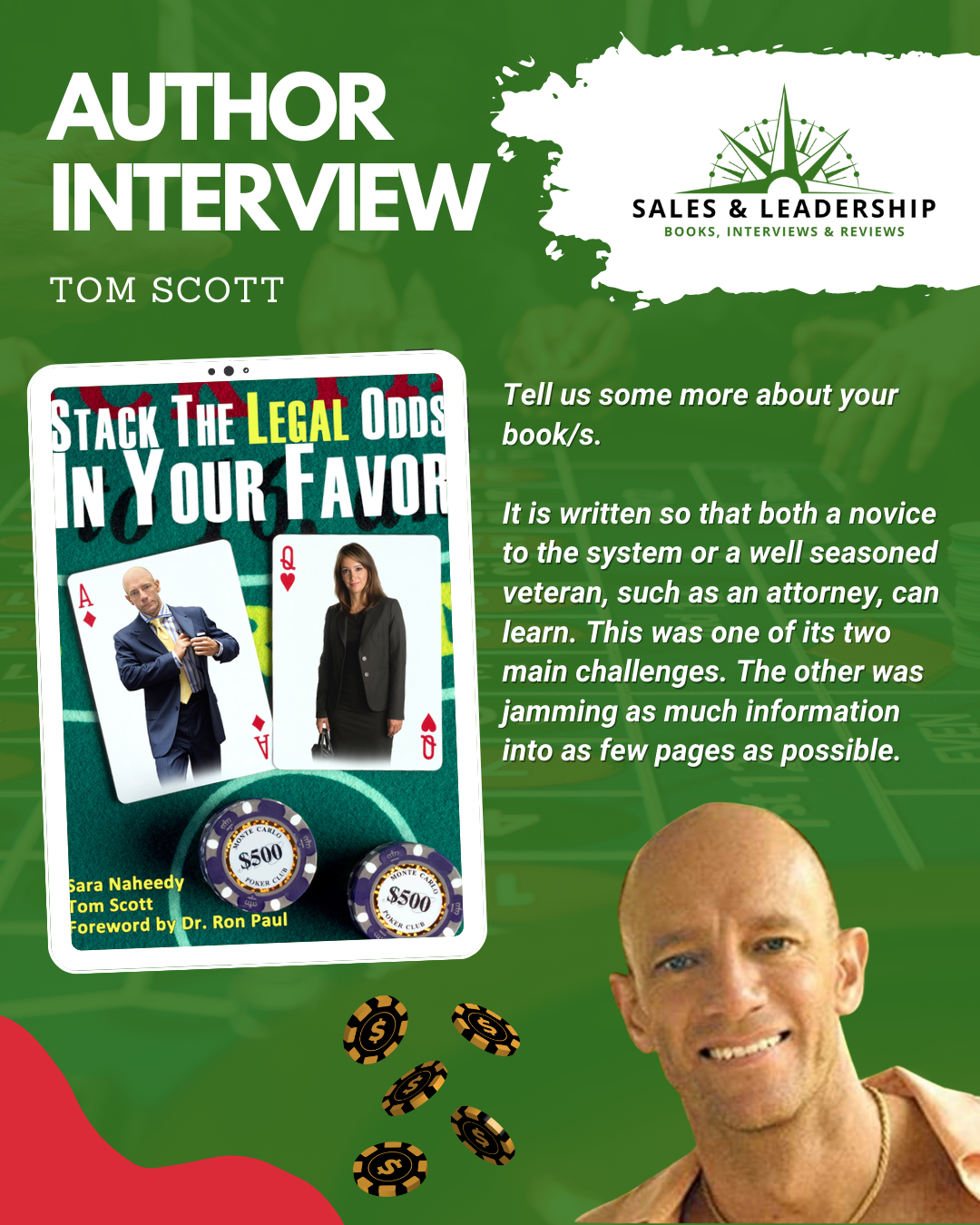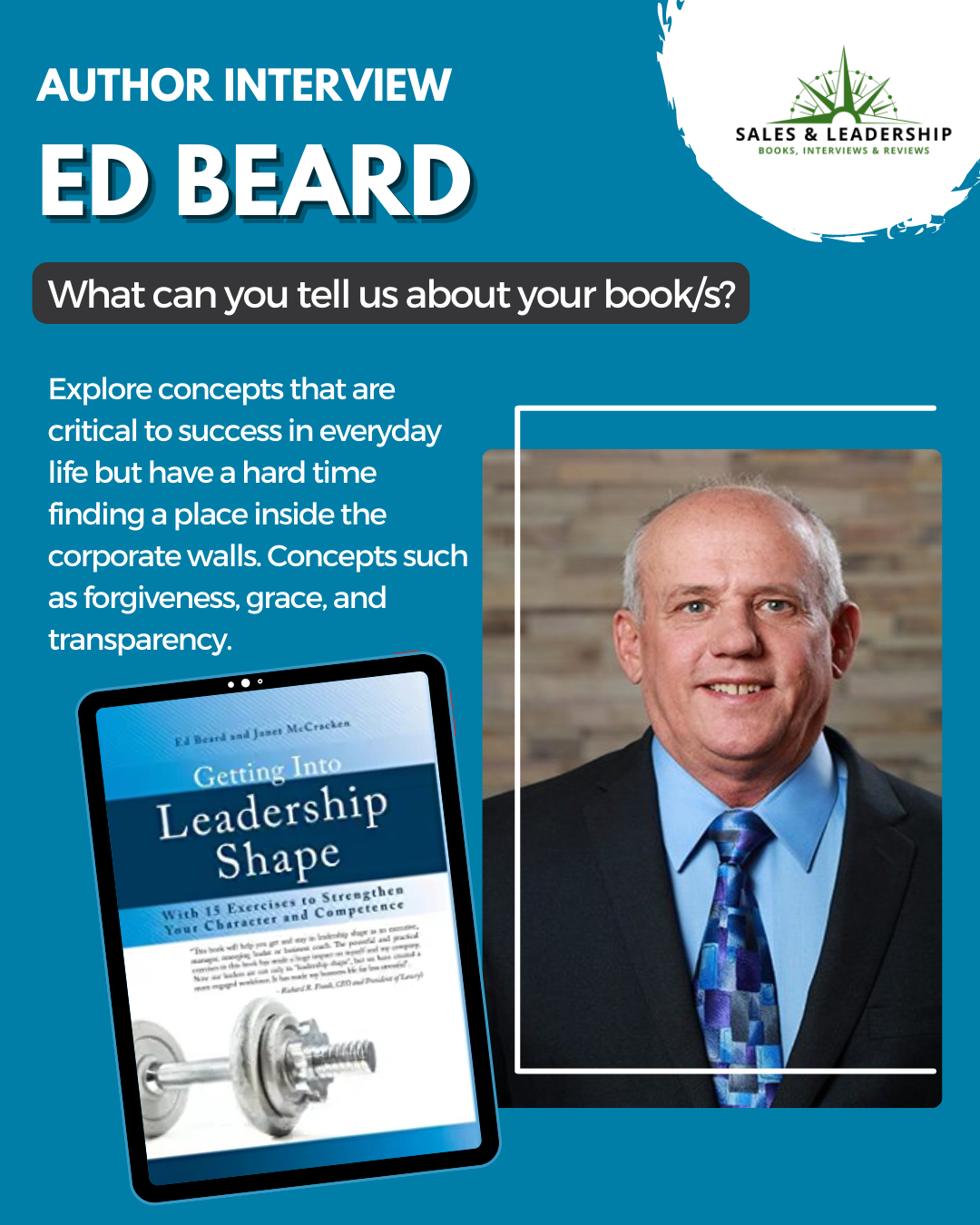Author: Rayne Lacko
DREAM UP NOW: The Teen Journal for Creative Self-Discovery (Free Spirit Publications)
A SONG FOR THE ROAD (SparkPress)
949-573-0803 / raynelacko@gmail.com
IG: @raynelacko
- How many books have you written and which is your favorite?
I’ve written three: Dream Up Now: The Teen Journal for Creative Self-Discovery (Free Spirit Publishing)
A Song For The Road (SparkPress)
The Secret Song of Shelby Rey (coming soon)
And I’m currently writing Dream Up Now: PreKindergarten to Grade Two.
Even though I write both fiction and nonfiction, there is a common theme in all my writing; I am endlessly fascinated by the deep healing that’s possible through creativity, and that is my favorite.
- What part of the book did you have the hardest time writing?
I often write fiction and–as much as I love it, and I can’t ignore the stories and scenes playing out in my head–getting it all down on the page is (for me, anyway) an ongoing wrestling match with doubt. I work with teen writers, and I see them struggle in the same way. As an objective observer, I can see all the potential and wonder in their work, and it seems counterproductive and downright unnecessary for them to feel doubt when they’re creating something that is a portion of their inner landscape, and a beautiful expression of themselves as a unique writer. Still, the doubt finds its way in. After so many years of practice at the craft, doubt is an ever-present companion in my process.
- What part of the book was the most fun to write?
Writing DREAM UP NOW was my dream come true! Writing the manuscript for Dream Up Now was a daily joy of coming to the work and pouring out my heart in service. I love to read and do research. Even more, I love to explain what I’ve learned in language others can relate to and understand. Writing this book felt like a magical experience of engaging all my favorite writing strengths, and at the same time, forging a lasting and powerful tool to help young people manage their emotions and improve their self-image—and designing the future they want to live.
- Which of the characters do you relate to the most and why?
When I wrote A SONG FOR THE ROAD, I had a ton of fun writing the character Lola May Leggitt, a tiny whiskey-in-a-teacup spitfire who’s the host of fictional home renovation show, Farmhouse Fancy. But the character I relate to the most is probably the protagonist, Carter Danforth. When I was fourteen, I was independent like him and would have felt mature enough to go on a solo road trip as a teenager. Carter sees the best in people, and is trusting, and I like that he takes risks
- If you’re planning a sequel, can you share a tiny bit about your plans for it?
I’m currently writing DREAM UP NOW: Prekindergarten to Grade Two. This new book introduces emotions and emotional vocabulary in a comforting and celebratory tone. Emotions are not labeled “bad” or “good.” The activities and descriptions help children recognize and name their feelings and understand what they may be feeling by exploring examples of emotions appearing in response to everyday issues. All social-emotional learning activities are instructor-led. Detailed instructions and samples are provided for parents, educators, counselors etc., and intended to be explained and demonstrated to young children. Understanding one’s own emotions is essential to self-awareness and agency and is the first step to cooperation and compassion with others.
I’m also working on a contemporary fiction book, called THE SECRET SONG OF SHELBY REY. It features magic realism and explores the healing power of music.
- What is a significant way your book has changed since the first draft?
The first draft is always incredibly different from the final version. Before I wrote A SONG FOR THE ROAD, I worked every day for 10 weeks on a book about a 20-something city intern who is trying to bring live music to the subway stations of Toronto. The intern isn’t a musician herself, but wants to promote her (badboy) boyfriend’s band—a misguided attempt to make herself “unbreakupable.” In the opening chapter she meets a grown-up Carter Danforth who is an experienced performer the city brings onto the project. I couldn’t get the intern story off the ground—it was so boring to me. But I found myself thinking about Carter and how he became the fascinating character who practically created himself on the page. I spent hours exploring his backstory. That backstory formed the initial draft of A SONG FOR THE ROAD. It felt so easy and natural to write Carter’s story, especially after almost three months of trying to force the intern story.
- What perspectives or beliefs have you challenged with this work?
With DREAM UP NOW, I challenge the perspective that emotions run wild and out of control. Emotions are temporary. Emotions flow like music, they rise and fall. And emotions can be shifted from darkness into light. The DREAM UP NOW is filled with engaging, arts-based activities that help teens ages 12-18 years manage difficult emotions, and cultivate the feelings they want to have more often. By learning to deal with their feelings, teens learn to understand themselves better. There are activities for setting—and achieving—goals, meeting the kinds of friends that bring out your best self.
- What inspired the idea for your book?
I believe everyone is an artist. You are an artist. Go ahead and put that on your college application, your résumé, or your social media profile, because it’s true. You were born to create. Your daydreams, your deepest wishes, your choice of clothes to wear, and songs to listen to, and preferred routes to walk from one place to another—these are all tiny revelations of your self as an artist.
If you’ve ever thought about how you wish your bedroom looked, or how you would design or choreograph a music video, or what song you wish you’d written or could perform, or if you have a favorite dance move, or a preference for wearing a certain color, or a character you like to doodle, know those thoughts are evidence of your self-expression. You are yourself a unique creation. There is no one quite like you.
- How would you describe your book’s ideal reader?
The primary audience for Dream Up Now is teenagers ages 12 to 18 who may struggle with depression, anxiety, self-image issues, stress, family and school pressures, the expectations of social groups. They’re thinking about the future.
My ideal readers are teens experiencing a wide variety of emotions. They often wonder whom they can or should trust. Despite being surrounded by peers and family, they often feel lonely and misunderstood. They have or want a strong sense of self. They are creative. They have or want hope.
- How much research did you need to do for your book?
Research is my favorite thing! I research for pleasure. Everything I write involves a deep dive into a variety of topics.
Rather than adhering to the adage: Write what you know, I love to write about things I want to know more about! For me, writing is all about learning, growth and exploration. Here is a piece I wrote called Five Ways to Write What You Want to Understand: https://diymfa.com/writing/write-what-you-want-to-understand
- How important was professional editing to your book’s development?
A good editor is essential. A good editor sees the gold you didn’t know you’d buried. A good editor shines a light where you haven’t said everything you could have said in a scene. A good editor shows you where you’ve said too much.
No piece of writing, no matter how small, is ready for publication without the input of a good editor. A big hug and shoutout to all the good editors!
- What was your hardest scene to write, and why?
The “hardest” scene can be a fight scene, death scene, or love scene. For me, it is nearly always a pivotal scene involving a turning point, whether that’s a long-awaited reunion, or a brave conversation between the protagonist and someone who holds enormous emotional power over them. These kinds of scenes require a commitment to open yourself, to be authentically vulnerable. I’ve heard other authors describe it as “Getting out of your own way.” But what does that mean, exactly? I believe you get out of your own way by refusing to shield your character from pain. You do it by pushing your character toward the thing that’s going to hurt them. You do it by crying, laughing, and/or freaking out with them while typing. It’s exhausting, I’ll be honest.
My best results have come from putting my character in an impossibly risky position and having them dare to do the things I, dear writers, could never do. If I could do the impossibly risky thing my character is doing, it simply isn’t going to feel like the “hardest” scene. (Readers can tell when the author was crying, laughing, and/or freaking out.)
- What characters in your book are most similar to you or to people you know?
I rarely write about myself or people I know. There is a chapter in DREAM UP NOW where I talk frankly about my experiences with anxiety, and how I follow my passion for writing and teaching creative writing to teens even though I am not a big fan of public speaking. Writing that chapter was a big lesson in vulnerability for me. It helped me break through my aversion to writing about myself. I love talking about writing, though! Even when I’m feeling shy or anxious, if the topic turns to writing, it’s hard to get me to stop.
- How long did it take you to write this book?
My first book took about eight years. My second took two years, my third took one year, and the one I’m working on now will likely be about one year. Along the way, I’ve attended writers’ workshops, attended UCLA’s writing studio, earned a BA in Liberal Arts with a major in Creative Writing, and I’m halfway done with my Masters in Humanities, majoring in Creative Writing. Learning to write has greatly helped improve my ability to type the words, “The End” on a manuscript.
- How did you come up with the title for your book?
For me, writing a title is the hardest part. Thank goodness for critique partners, editors, and publishers! Left to my own devices, my titles tend to be roughly 25 words that describe what the book is about. I’ve tried title generators, and even taken a webinar on titling. It’s not one of my strengths.
- Would you and your main character get along?
Absolutely. By the time a story is complete, my protagonist and I have spent countless hours together. We’ve faced all the protagonist’s foes together. I’ve stood by and cheered them in their darkest hours. I’ve cried with them and for them. When the writing is done, and the book goes to the editor, it’s a bittersweet good-bye. We’re no longer crafting scenes together. We’re no longer communicating about what we’ll do together that day on the page. It’s an interesting question and makes me wonder: do other writers not get along with their main characters?
- If you could meet your characters, what would you say to them?
If I met any of my characters, I would say, “I’m proud of you.” I am proud because they were in a situation that no longer served them and they did the hard work to change that, to live the life that speaks to their soul. They faced the biggest challenges of their lives and learned about who they are and what they want—and they went after it at all costs. They ought to be proud, too.
